Higher-order FEM for nonlinear hydroelastic analysis of a floating elastic strip in shallow-water co
- Admin
- Dec 6, 2017
- 1 min read
by Karperaki, A.E., Belibassakis, K.A., Papathanasiou, T.K., Markolefas, S.I.
in COUPLED PROBLEMS 2015 - Proceedings of the 6th International Conference on Coupled Problems in Science and Engineering

Abstract
The hydroelastic response of a thin, nonlinear, elastic strip floating in shalow-water environment is studied by means of a special higher order finite element scheme. Considering non-negligible stress variation in lateral direction, the nonlinear beam model, developed by Gao, is used for the simulation of large flexural displacement. Full hydroelastic coupling between the floating strip and incident waves is assumed. The derived set of equations is intended to serve as a simplified model for tsunami impact on Very Large Floating Structures (VLFS) or ice floes. The proposed finite element method incorporates Hermite polynomials of fifth degree for the approximation of the beam deflection/upper surface elevation in the hydroelastic coupling region and 5-node Lagrange finite elements for the simulation of the velocity potential in the water region. The resulting second order ordinary differential equation system is converted into a first order one and integrated with respect to time with the Crank-Nicolson method. Two distinct cases of long wave forcing, namely an elevation pulse and an N-wave pulse, are considered. Comparisons against the respective results of the standard, linear Euler-Bernoulli floating beam model are performed and the effect of large displacement in the beam response is studied.
Keywords
Higher-order FEM
Hydroelasticity
Shallow Water




Comments